Chapter 2: Class - Local Babies, Global Science
by timothy Koabel

1. The Coptic Christian population in Egypt is estimated at about 5 to 10 percent of the Egyptian population.
2. In Georgette and Mikhail's religion adoption is still not a viable option for them.
3. Social class and its relationship to economic resources and power is arguably the most fundamental arena of constraint operating in the realm of Egyptian test tube baby making today.
4. In such culture like this the demand for producing your own baby is so high that money really is not an option when going about these test and exams.
5. Israel is the only nation in the Middle east region offering a program of government subsidized new reproductive technologies to its citizens.
6. Egypt's class divisions is set up based off income, occupation, education, and durable goods.
7. Egyptians show a strong sense of stratified reproduction, wear elites deserve to reproduce, with whatever assistance they can muster.
8. In several cases the only reason why middle class couples were able to afford IVF/ICSI was because of money earned through labor migration to the Arab Gulf states.
9. Chapter 3: Knowledge - Local Babies, Global Science
9.1. Knowledge itself including its imbrication in class structure and its moral valence in Egypt poses one of the most fundamental arenas of constrains on the utilization of new reproductive technologies among large segment of the rural and urban Egyptian under class.
9.2. The desire to know why those are fertile and those are infertile and the medical conditions and treatments are solely guided by ones social class, proving that elite women hold a clear advantage.
9.3. In Egypt, procreative knowledge goes hand in hand with class constraints.
9.4. In most middle eastern religions the men are the ones known for creating life, and that they are the sole true blood relatives of their children.
9.5. IVF involves stimulating egg production, removing egg from women bodies, fertilizing these eggs in the laboratory with sperm that have been isolated semen, then returning the fertilized egg back into the women.
9.6. The lack of technical understanding of IVF clearly fuels moral anxieties about the unnatural,illicit, forbidden nature of such procedure.
9.7. Scientific literacy in the realm of new reproductive technologies in Egypt can only be understood within a moral framework.
9.8. The media interest in new reproductive technologies stems from the fact that Egypt has a large and active journalism profession and the region's most well known and beloved film industry, which has been around since the 30's.
9.9. Egypt is trying to make those moves to grow closer to a more modernized society in areas such as media, education, as well as health and medicine.
9.10. Tgyptian media have facilitated ther understadning of the religious dimensions of IVF and ICSI by bringing religios opinions to them straight from experts.
9.11. The media were slowly changing public views of IVF towards acceptance and openness.


